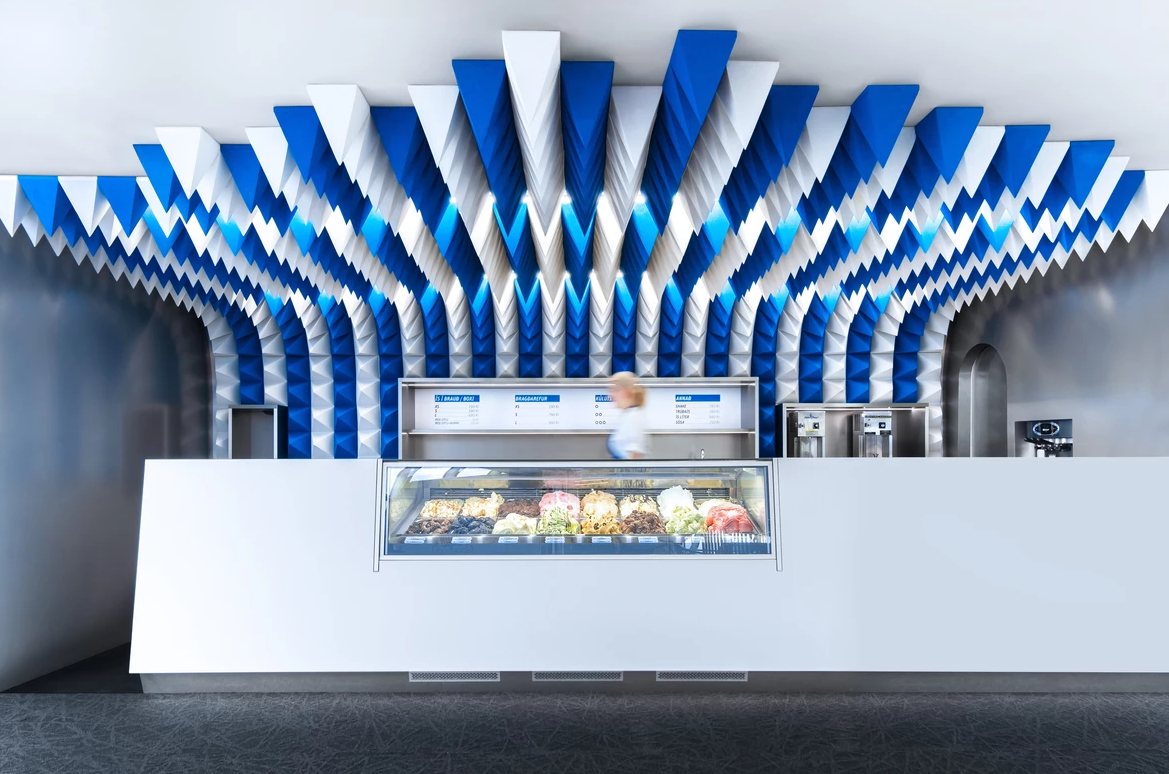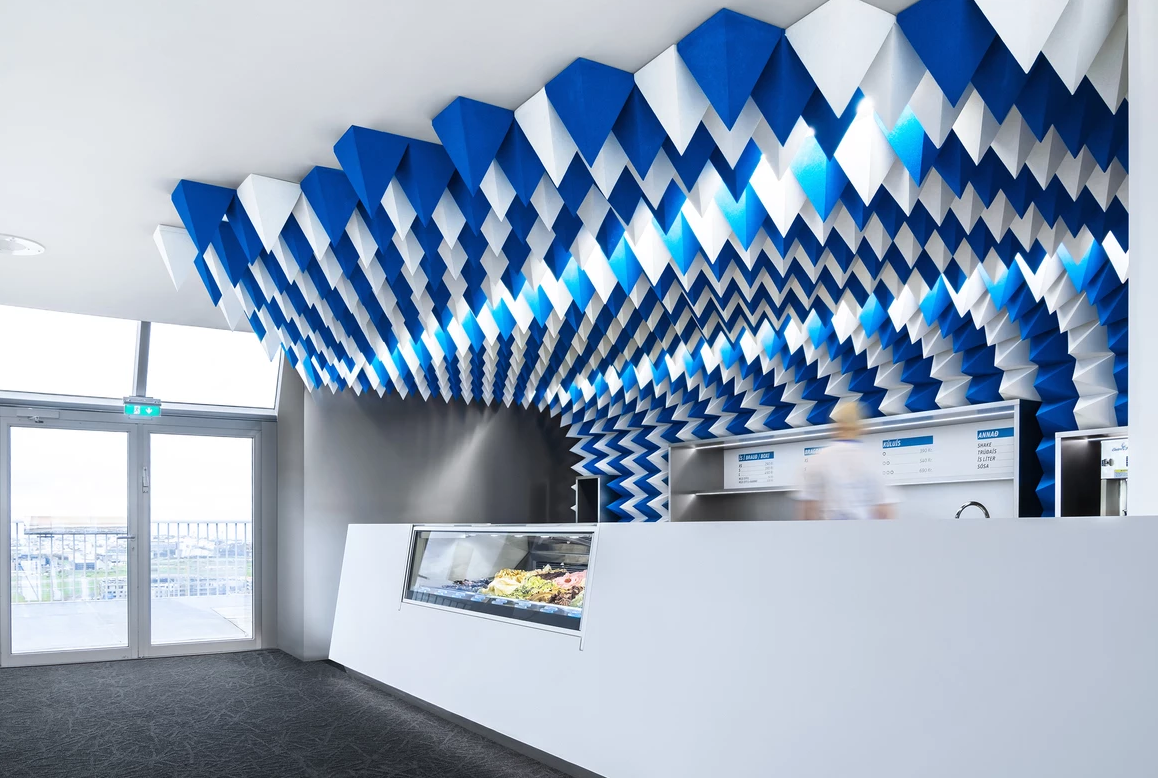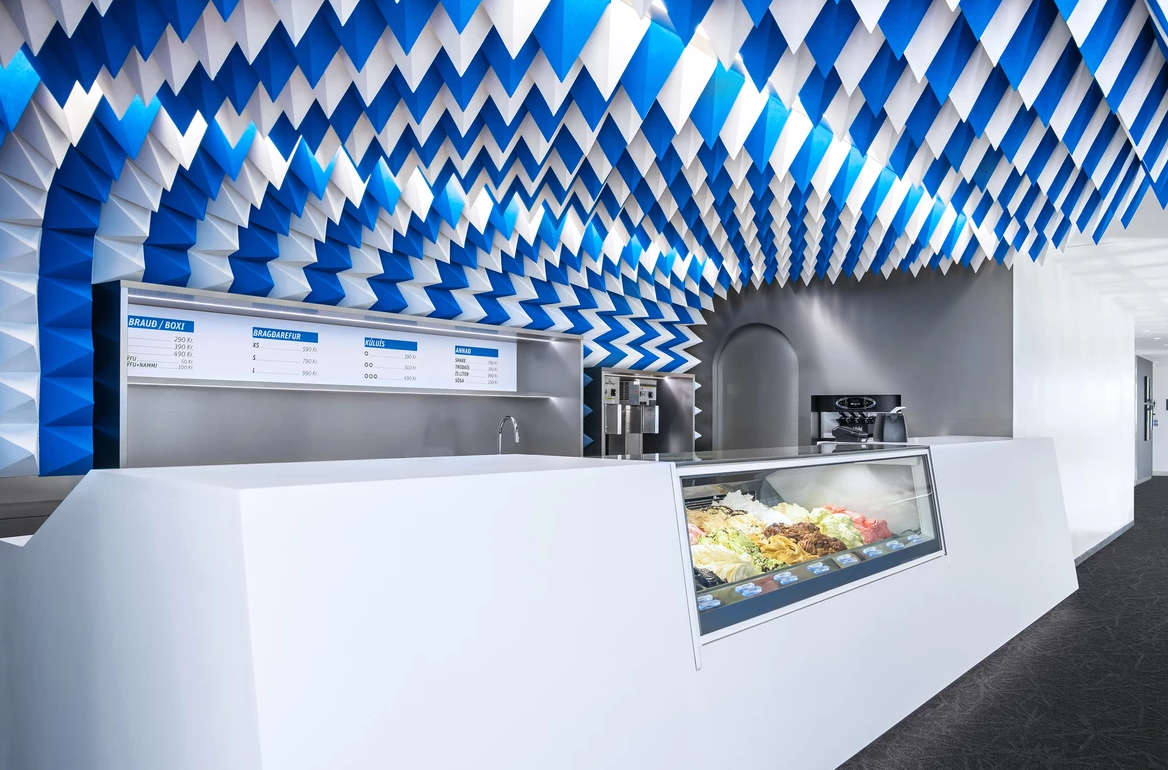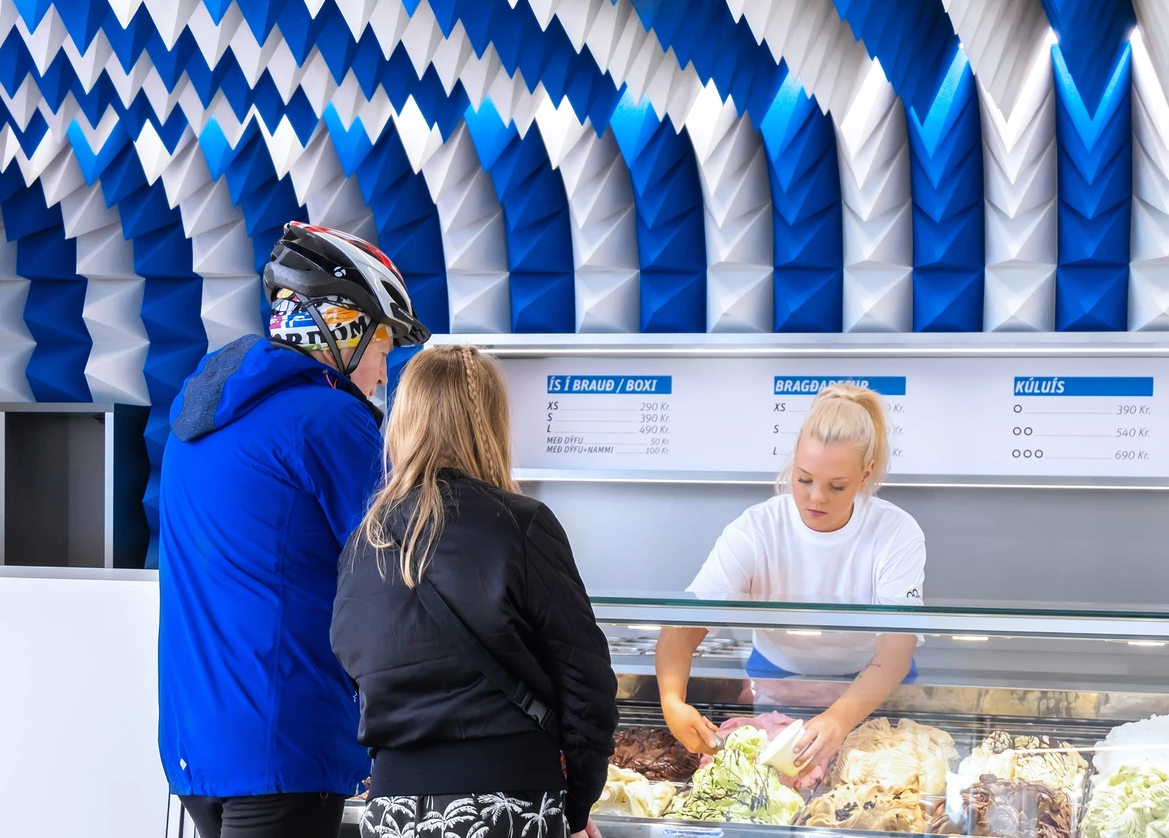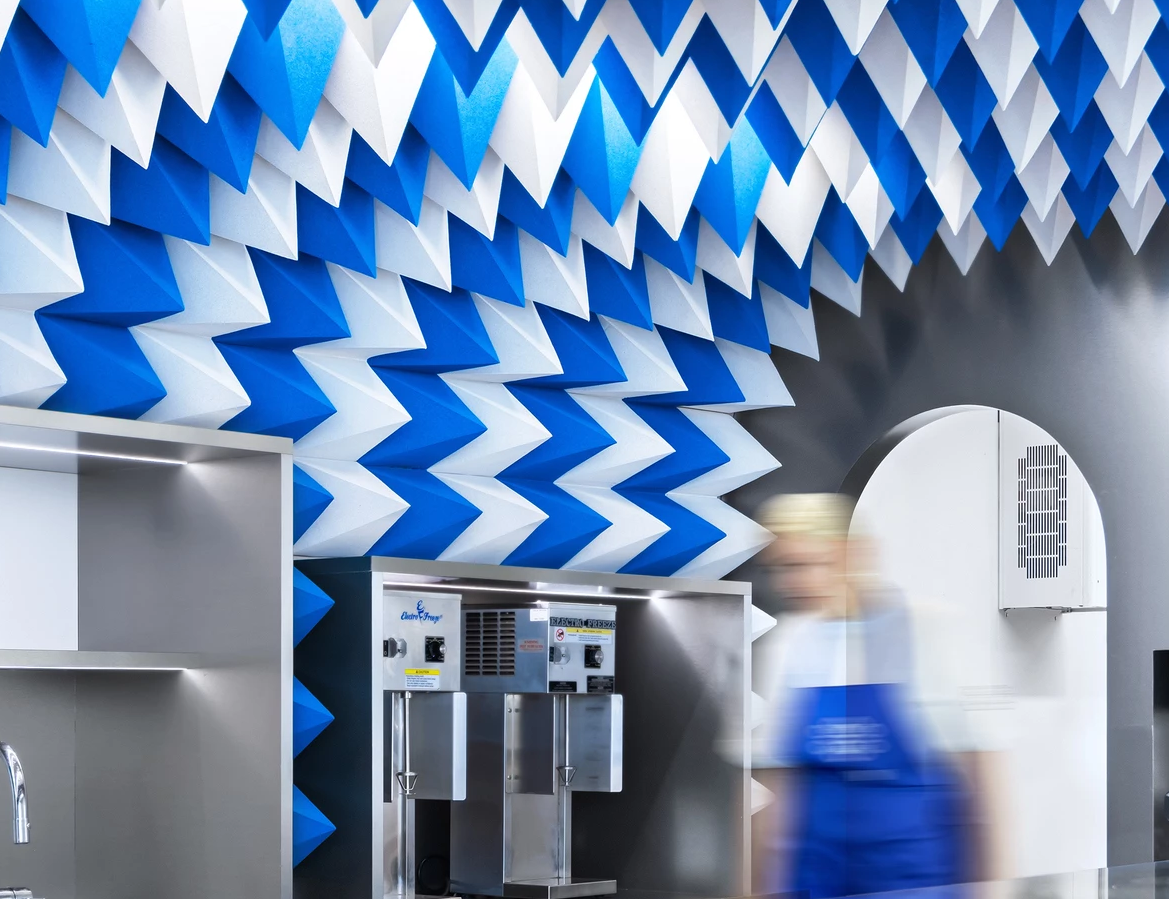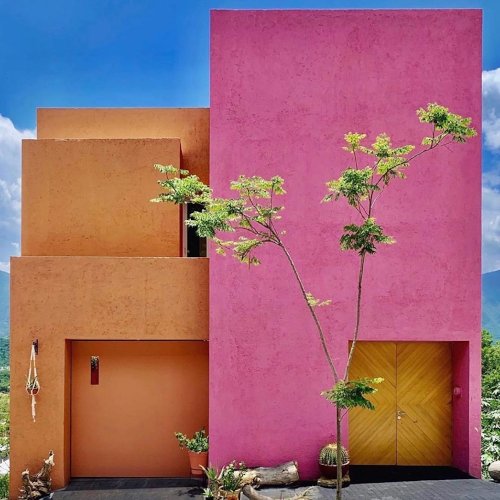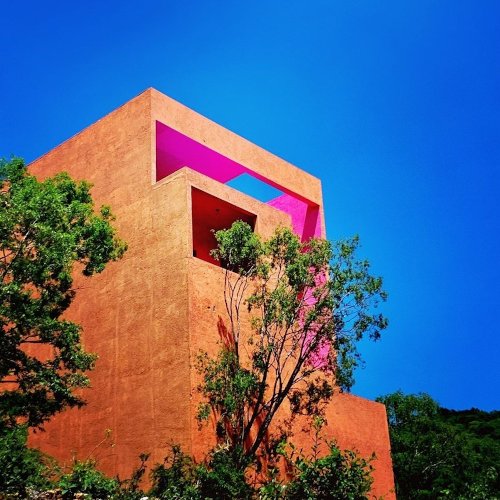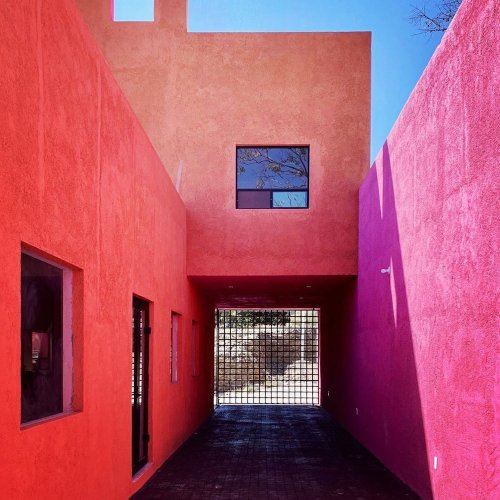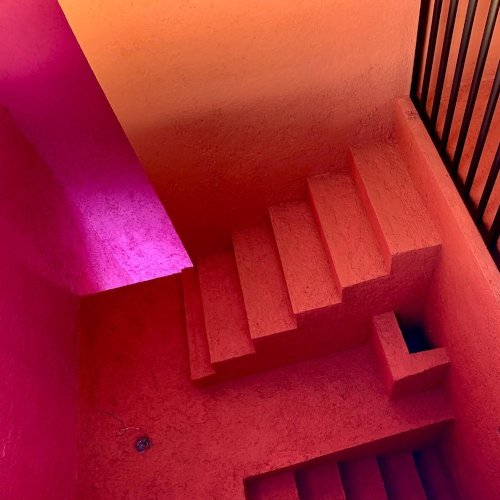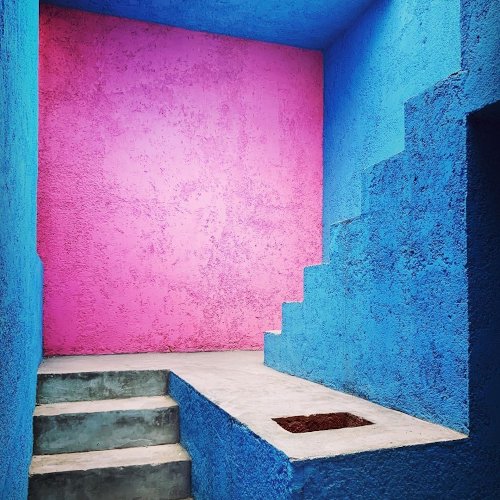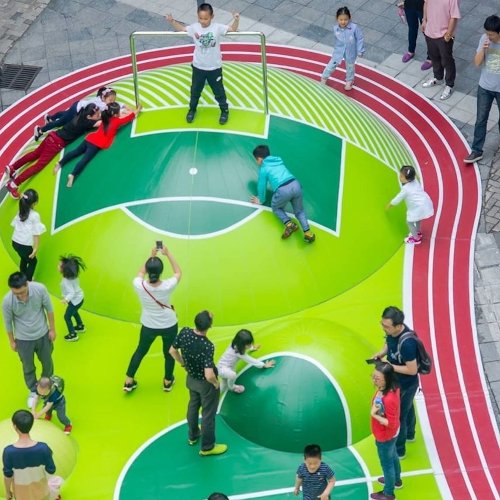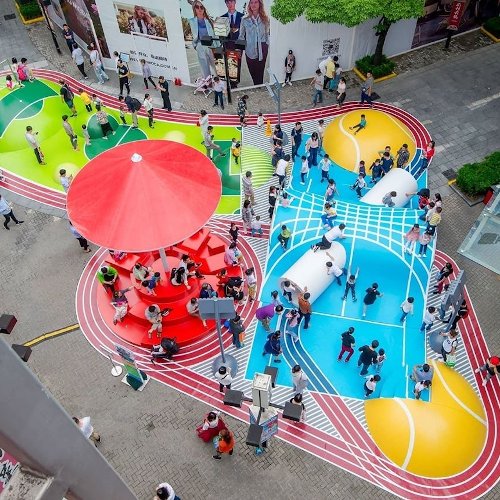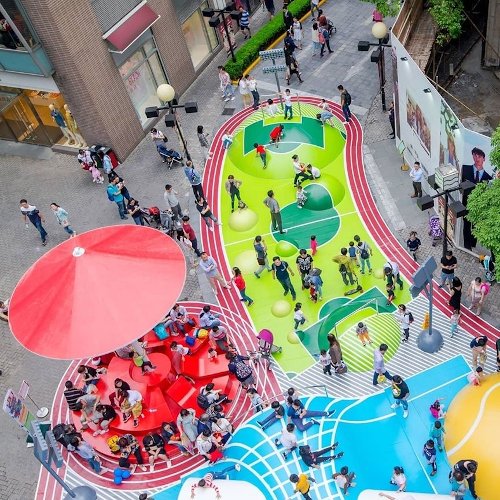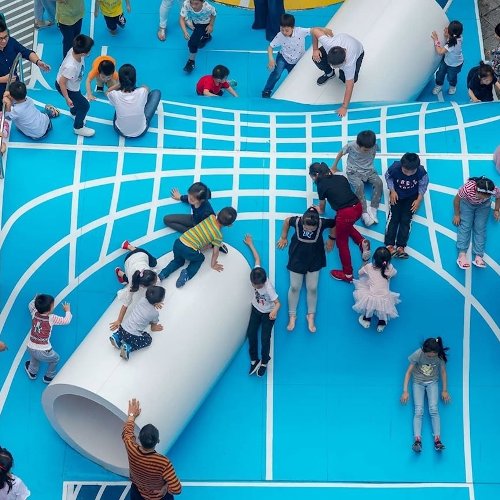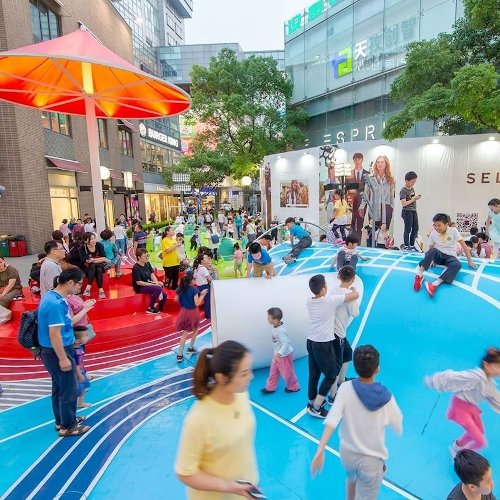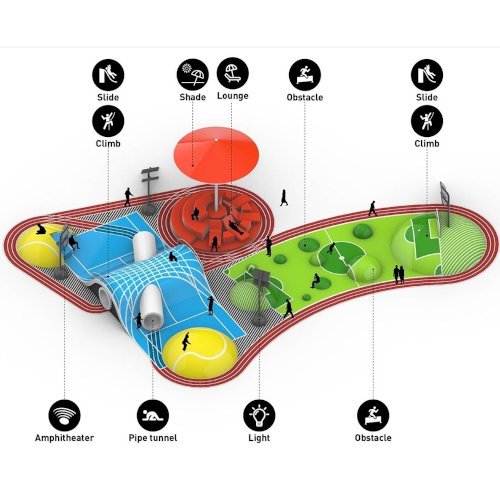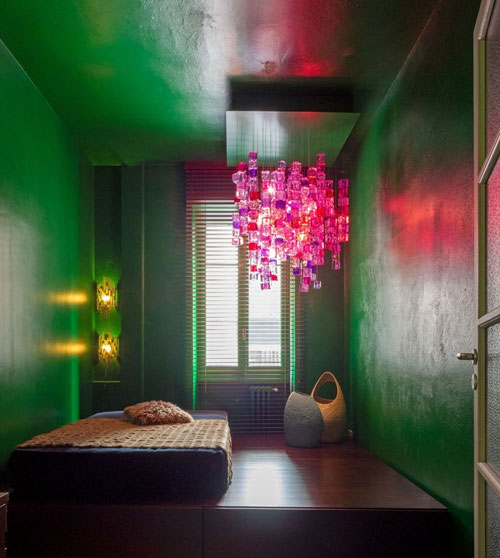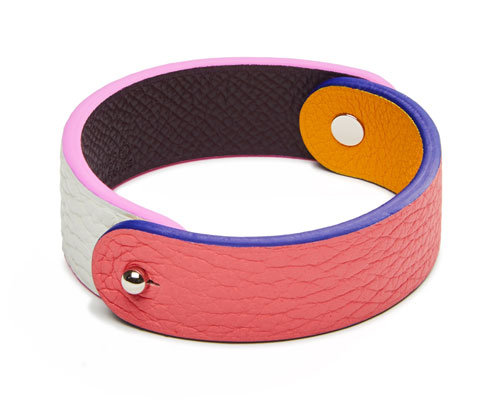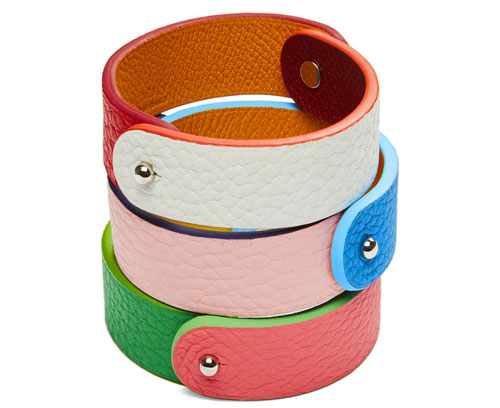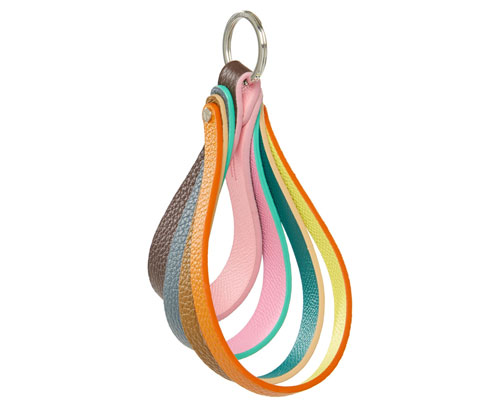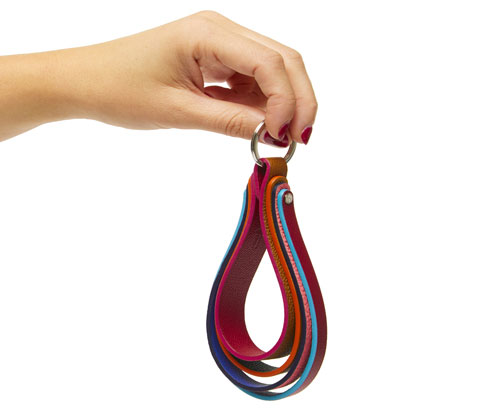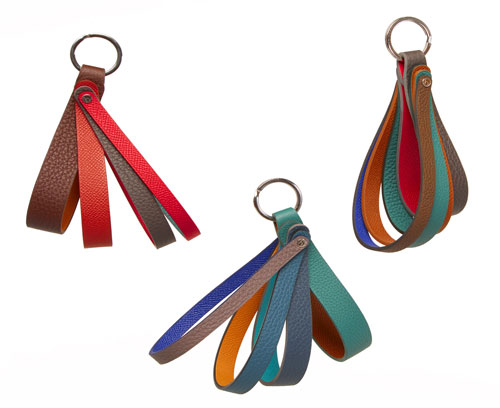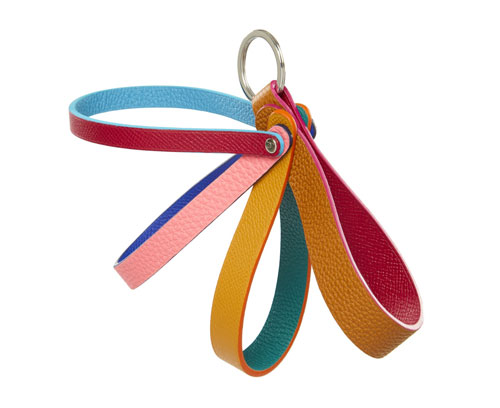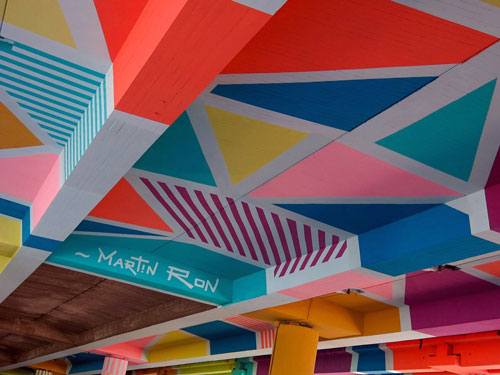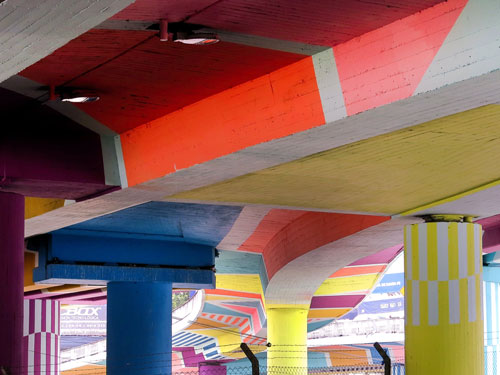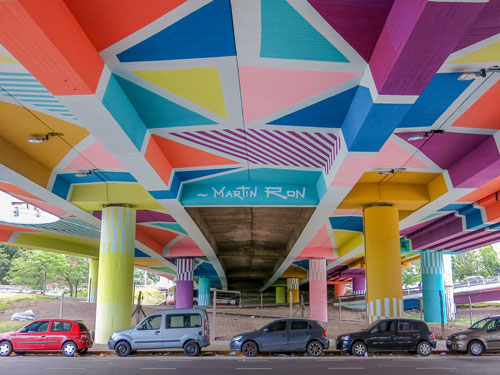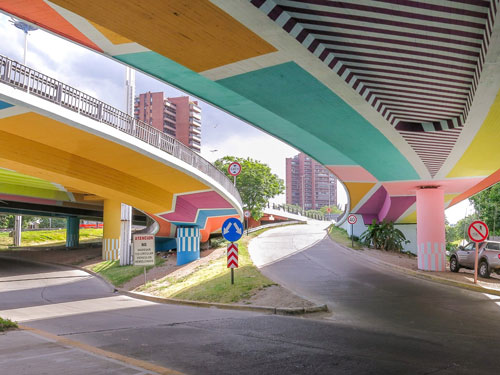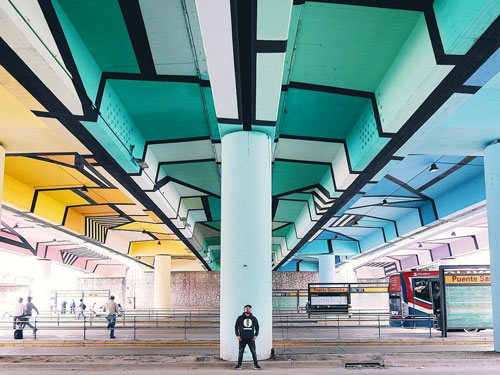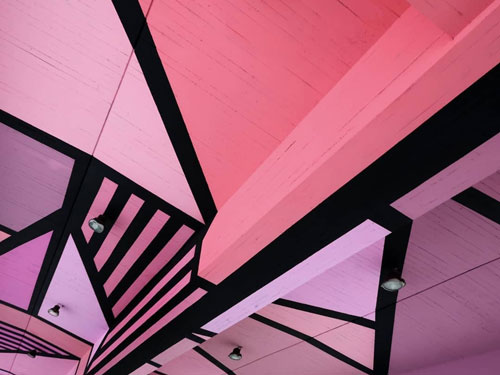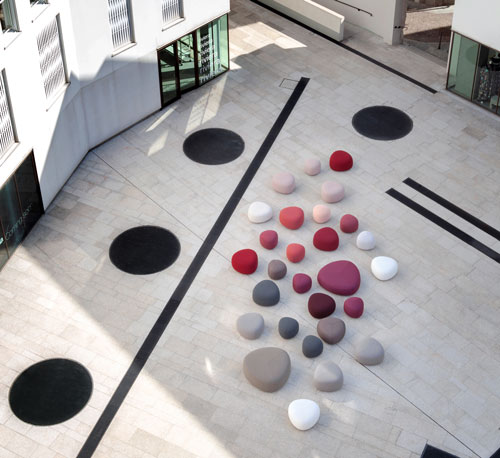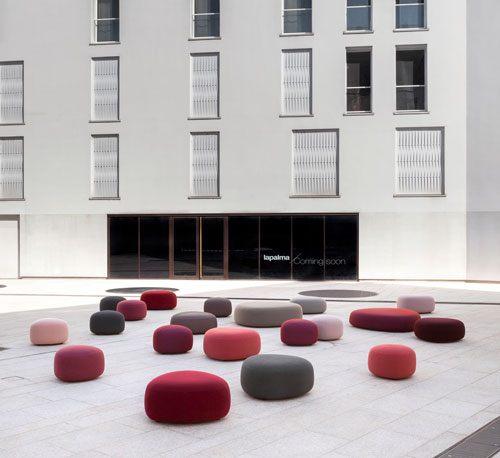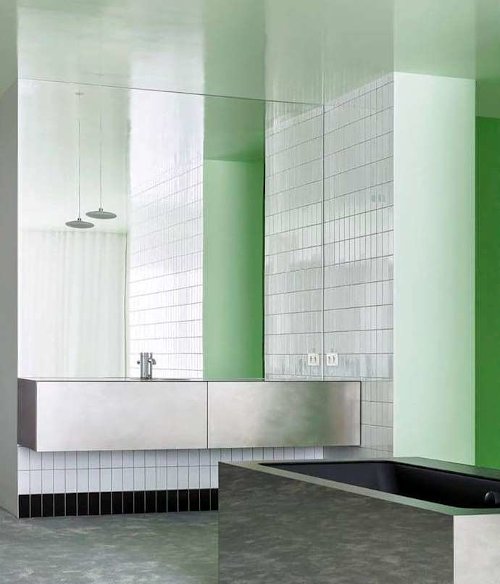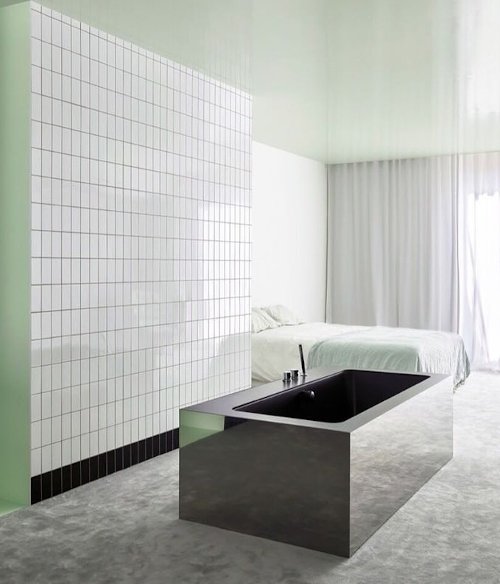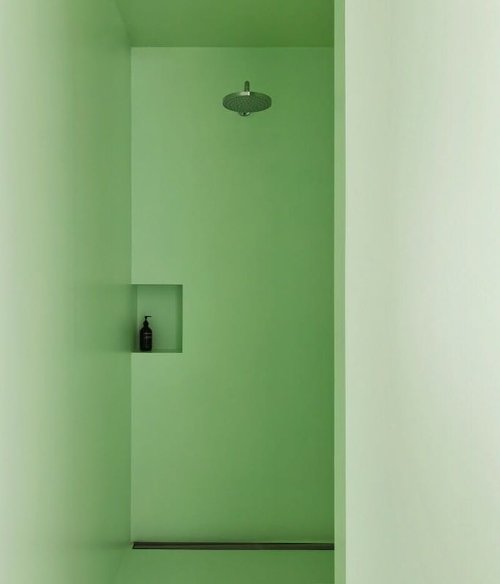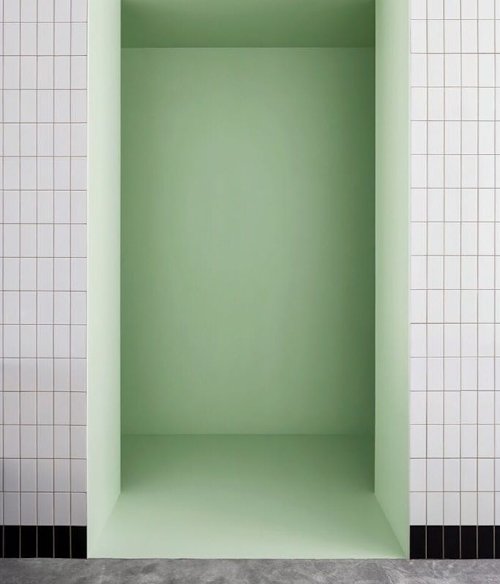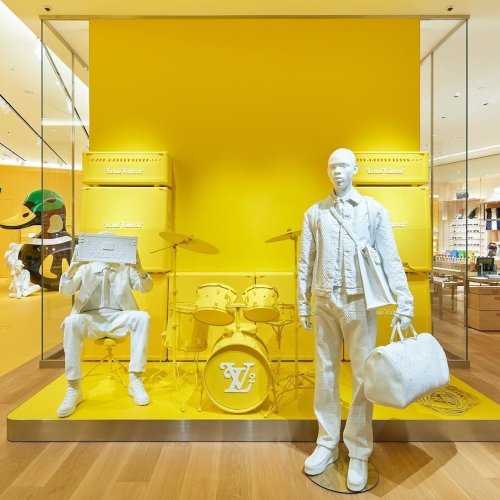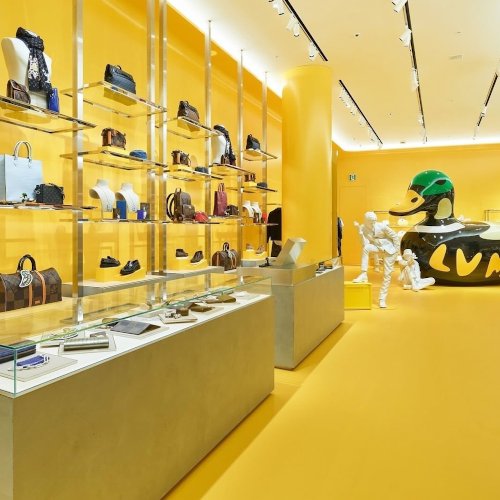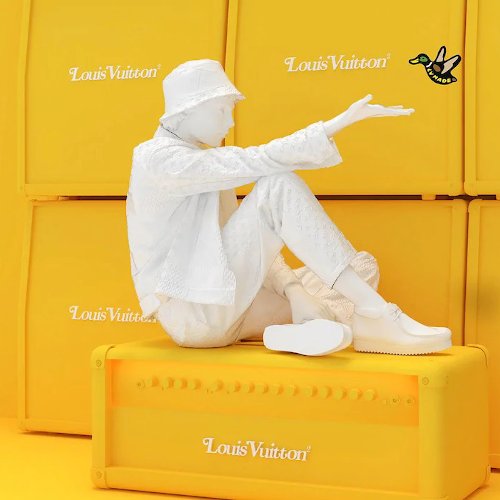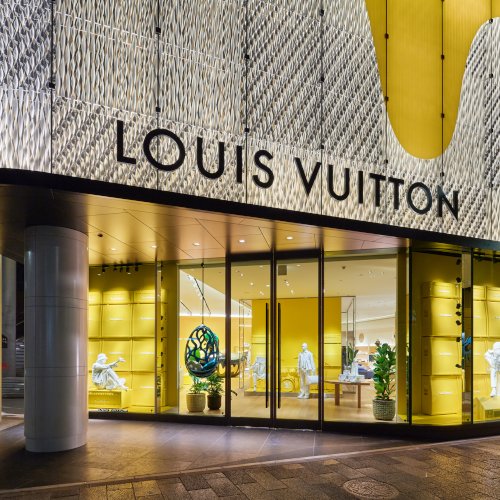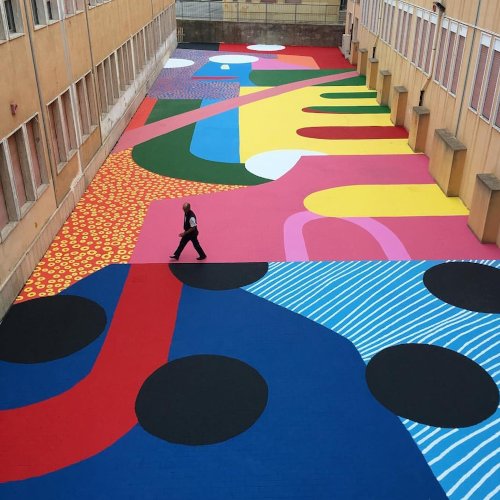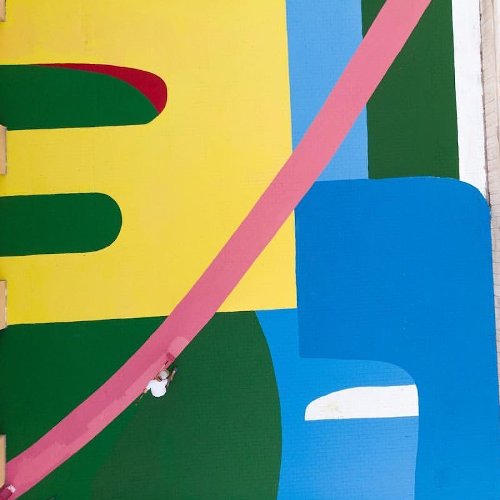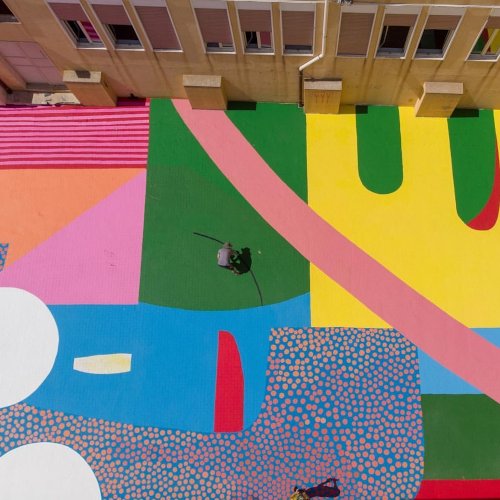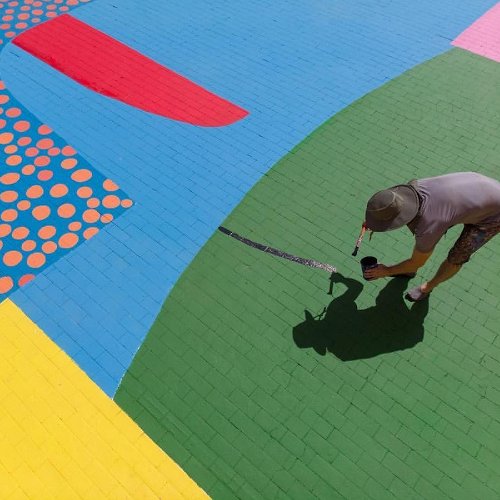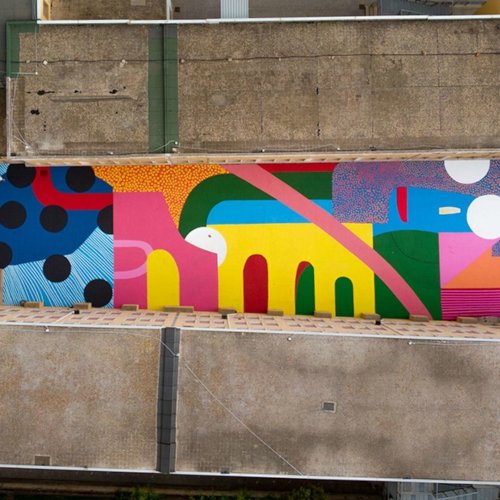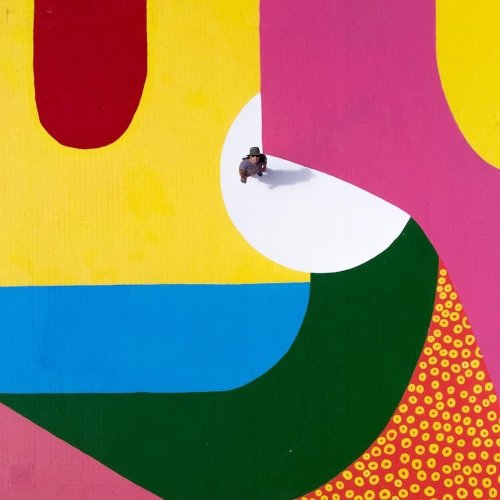GELATO GLACIALE
GLACIAL ICE CREAM
INTERIOR | REYKJAVÍK
Un’identità audace (e riconoscibile) per la nuova gelateria all’interno del Museo Perlan di Reykjavík. Attraverso un gesto semplice ed economico Mattia Zambotti, giovane designer italiano, si è ispirato alle stalattiti di ghiaccio e ai loro riflessi, per disegnare un soffitto fortemente iconico.
L’insieme delle piramidi di schiuma fonoassorbente, verniciate in bianco e blu, attirano lo sguardo del visitatore in una composizione optical che converge verso un preciso punto focale: i vassoi del gelato.
Nonostante il riferimento naturale impervio, la cruda tavolozza cromatica, e un prodotto poco adatto al clima nordico, il progettista genera uno spazio avvolgente e mutevole.
Forse è proprio la celebrazione del paesaggio locale a dar vita a uno scenario adatto al vasto pubblico che abitualmente affolla il museo.
Glacial ice cream – A bold (and recognizable) identity for the new ice cream parlor inside the Perlan Museum in Reykjavík. Through a simple and economical gesture, Mattia Zambotti, a young Italian designer, was inspired by the ice stalactites and their reflections, to design a highly iconic ceiling.
The set of sound-absorbing foam pyramids, painted in white and blue, attract the visitor’s gaze in an optical composition that converges towards a precise focal point: the ice cream trays. Despite the impervious natural reference, the raw chromatic palette, and a product not very suitable for the Nordic climate, the designer creates an enveloping and changing space.
Perhaps it is precisely the celebration of the local landscape that creates a scenario suitable for the vast public that usually flocks to the museum.

